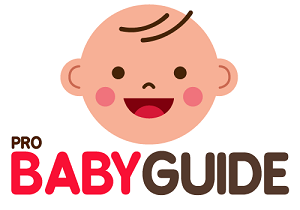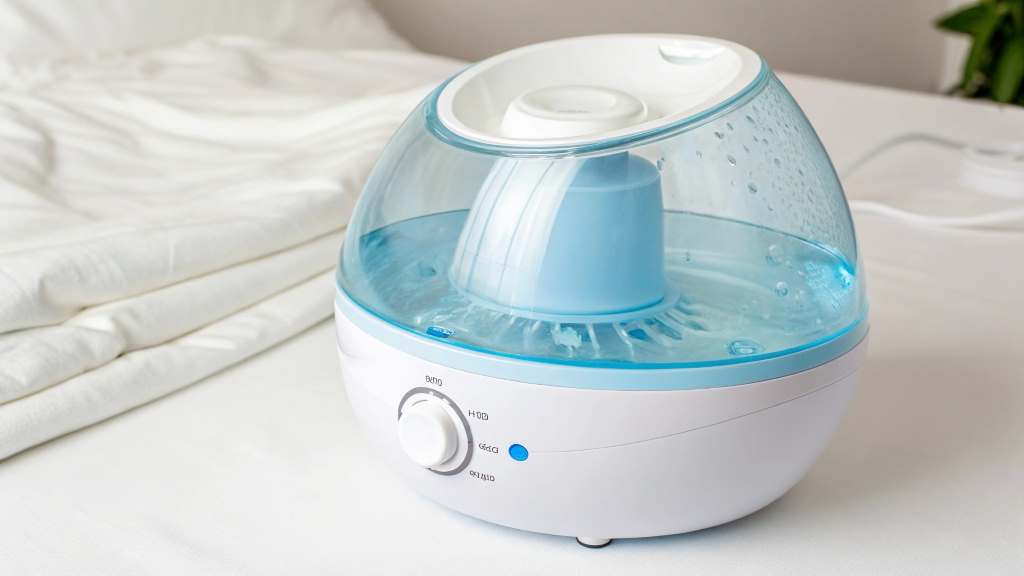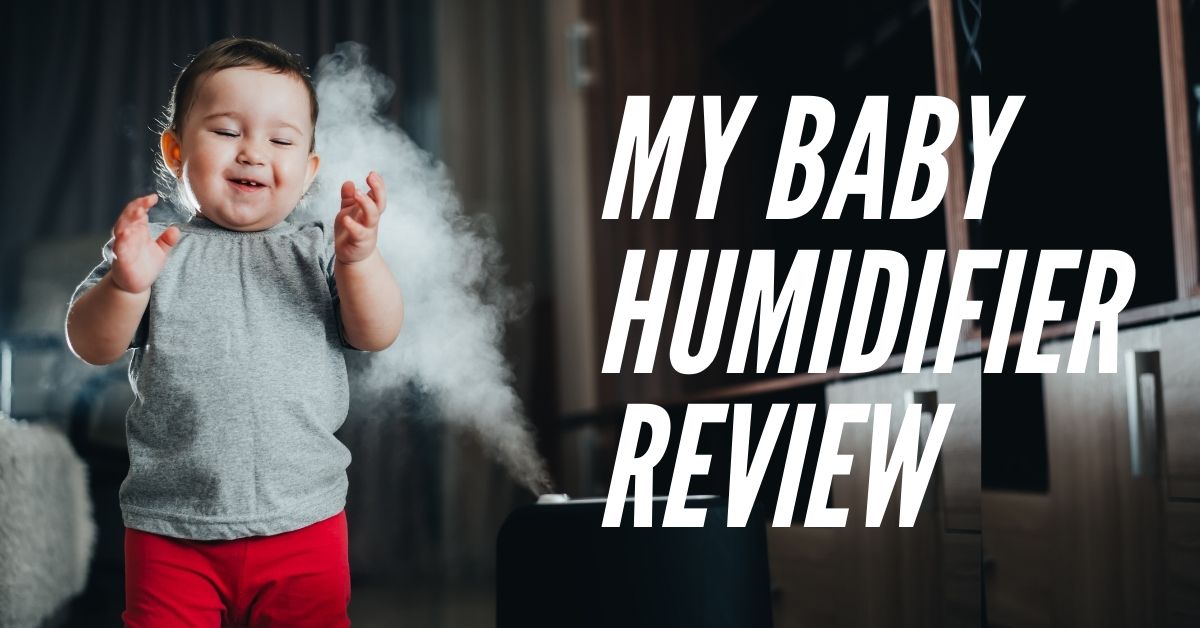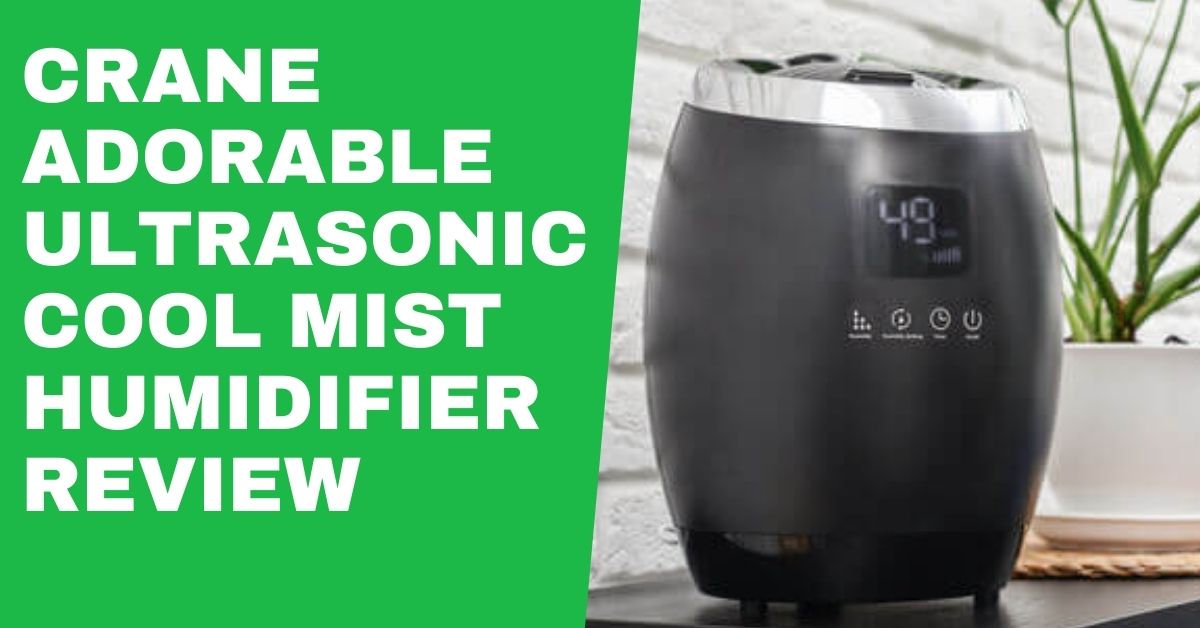In the pursuit of optimal indoor air quality, filterless humidifiers have emerged as a popular choice, offering a streamlined approach to adding moisture without the recurring cost and hassle of filter replacements. However, the absence of a filter doesn’t equate to a maintenance-free device. In fact, keeping a filterless humidifier clean is paramount to ensuring its efficiency and preventing the dispersal of harmful bacteria and minerals into your home’s atmosphere. This article will delve into the comprehensive steps required to maintain a pristine filterless humidifier, ensuring you and your family breathe easy.
Understanding the Mechanics of a Filterless Humidifier:
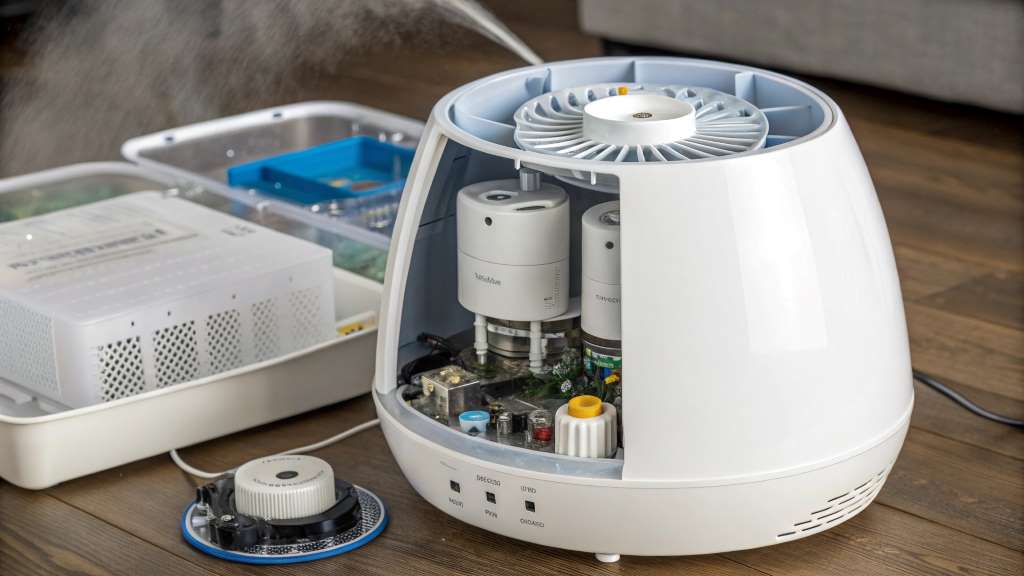
Before diving into the cleaning process, it’s crucial to understand how filterless humidifiers operate. These devices typically utilize ultrasonic, impeller, or warm mist technology to generate moisture. Ultrasonic humidifiers employ high-frequency vibrations to break water into tiny droplets, while impeller humidifiers use a rotating disk to fling water against a diffuser, creating a mist. Warm mist humidifiers, on the other hand, boil water to create steam and release warm moisture into the air. Because these units don’t rely on filters to trap minerals and bacteria, contaminants can accumulate within them, potentially leading to mold growth and the dissemination of white dust (mineral deposits) into the air.
The Importance of Regular Cleaning:
Neglecting to clean your filterless humidifier can have significant consequences. Mineral buildup, mold, and bacteria can thrive in the damp environment, leading to:
- Dispersal of Contaminants: The mist produced by a dirty humidifier can carry these contaminants into the air, potentially triggering allergies, respiratory issues, and other health problems.
- Reduced Efficiency: Mineral deposits can clog the internal components, hindering the humidifier’s ability to produce mist effectively.
- Unpleasant Odors: Mold and bacteria growth can lead to musty or foul odors emanating from the device.
- Shortened Lifespan: Buildup and corrosion can damage the humidifier’s internal components, reducing its overall lifespan.
The Essential Cleaning Routine: A Step-by-Step Guide:
To ensure your filterless humidifier operates optimally and safely, follow these detailed cleaning steps:
- Unplug and Disassemble: Always begin by unplugging the humidifier from the power outlet. Carefully disassemble the unit according to the manufacturer’s instructions. This typically involves removing the water tank, base, and any other detachable components.
- Empty and Rinse: Empty any remaining water from the tank and base. Rinse these components thoroughly with clean water to remove loose debris and mineral deposits.
- Vinegar Solution Soak: Prepare a solution of equal parts white vinegar and water. Vinegar’s acidity effectively breaks down mineral deposits and kills bacteria. Fill the base and tank with this solution and allow them to soak for at least 30 minutes, or longer for heavily soiled units. For smaller parts, submerge them in a bowl of the vinegar solution.
- Scrubbing and Cleaning: After soaking, use a soft brush or cloth to scrub away any remaining mineral deposits or grime. Pay particular attention to the transducer (in ultrasonic humidifiers) or the impeller disk (in impeller humidifiers), as these components are prone to buildup. For hard-to-reach areas, use cotton swabs or a small brush.
- Rinsing Thoroughly: Rinse all components thoroughly with clean water to remove any traces of vinegar. Ensure no vinegar residue remains, as it can affect the humidifier’s performance and potentially irritate sensitive individuals.
Frequency of Cleaning:
The frequency of cleaning depends on several factors, including the frequency of use, the quality of water used, and the humidity levels in your environment. As a general guideline:
- Daily: Empty and rinse the water tank daily to prevent stagnant water and bacterial growth.
- Weekly: Perform a thorough cleaning with vinegar solution at least once a week.
- As Needed: Clean the humidifier more frequently if you notice mineral buildup, mold growth, or unpleasant odors.
Tips for Maintaining a Clean Humidifier:
- Use Distilled or Purified Water: Tap water contains minerals that can contribute to white dust and buildup. Distilled or purified water minimizes these issues.
- Change Water Regularly: Don’t let water sit in the tank for extended periods. Change the water daily to prevent bacterial growth.
- Monitor Humidity Levels: Maintain optimal humidity levels (between 30% and 50%) to prevent excessive moisture and mold growth.
- Clean the Area Around the Humidifier: Regularly clean the area around the humidifier to prevent mineral dust from settling on surfaces.
People Also Ask (FAQs):
Q: Can I use bleach to clean my filterless humidifier?
A: While bleach is a powerful disinfectant, it’s not recommended for regular cleaning due to its harshness and potential for residue. Vinegar and hydrogen peroxide are safer and more effective alternatives.
Q: How do I remove white dust from my humidifier?
A: White dust is caused by mineral deposits from hard water. Using distilled or purified water is the best way to prevent it. Regular cleaning with a vinegar solution will help remove existing deposits.
Q: Can I put essential oils in my filterless humidifier?
A: Some filterless humidifiers are designed to accommodate essential oils, while others are not. Check the manufacturer’s instructions to determine if your unit is compatible. Using essential oils in an incompatible humidifier can damage the device.
Q: My humidifier has a strange odor. What should I do?
A: A strange odor usually indicates bacterial or mold growth. Perform a thorough cleaning with vinegar or hydrogen peroxide solution. Ensure all components are completely dry before reassembling.
Q: How often should I replace my filterless humidifier?
A: With proper care and maintenance, a filterless humidifier can last for several years. However, if you notice significant damage, reduced efficiency, or persistent odors, it may be time to replace it.
Q: Can I put my humidifier parts in the dishwasher?
A: Check the manufacturer’s instructions. Some removable parts may be dishwasher-safe, but others may be damaged by the high heat and harsh detergents.
Q: My ultrasonic humidifier is not producing mist, what is wrong?
A: Often this is caused by mineral buildup on the transducer. Cleaning the transducer with vinegar and a soft brush can often solve the problem. Also insure that there is enough water in the base.
Conclusion:
Maintaining a clean filterless humidifier is essential for ensuring optimal indoor air quality and preventing the dispersal of harmful contaminants. By adhering to the cleaning routine outlined in this article and practicing regular maintenance, you can enjoy the benefits of a humidified environment without compromising your health. Remember to use distilled or purified water, clean the humidifier regularly, and monitor humidity levels to create a comfortable and healthy living space. Taking the time to properly care for your filterless humidifier will not only extend its lifespan but also contribute to a healthier and more comfortable home for you and your family.
